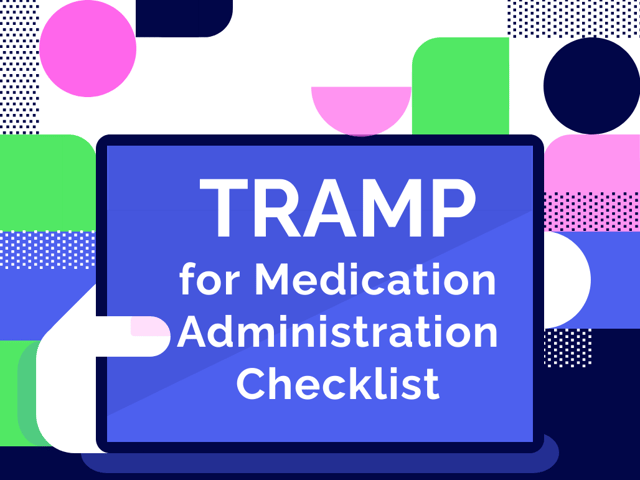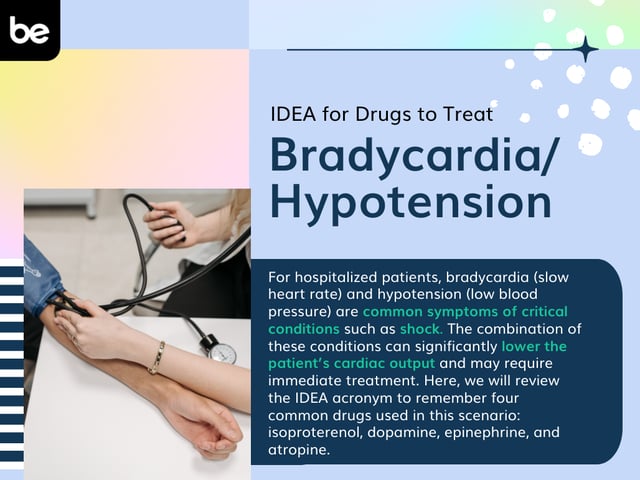
TRAMP for Medication Administration Checklist
One of the main responsibilities of nurses is to prepare and administer medications. Over 100,000 medication errors are reported annually to the U.S. Food and Drug Administration (FDA). Medication errors are one of the leading causes of death of clients in the United States. However, with some simple measures, medication errors can be easily prevented.
Complications of Medication Errors
Medication errors can occur during any aspect of the medication administration process. This process includes the prescription of the medication, preparation/dispensing of the medication in the pharmacy, and the preparation/dispensing of the medication via the nurse to the client. Computer and other technology errors have also been known to contribute to medication errors.
While most medication errors do not cause harm to the client, on occasion serious harm can result from medication errors. Some of the serious complications from medication errors include:
- Hospitalization
- Life-threatening events
- Disability
- Birth defects
- Death
Medication Administration
Many systems are in place to help prevent medication errors. Nurses will be trained to use electronic medical records, scanning systems, and independent double checks to help prevent errors from occurring. Nurses must also take initiative to know the basics of medication administration that should be used on every prescription and for every client receiving a medication.
There are lists of as many as ten patient rights that are recognized to help reduce medication errors. Five key rights stand out as critical actions for nurses to perform prior to administering any medication.
-
Nurses must assess that the medication is being given at the correct time for the patient.
-
The right route should be identified and confirmed. Primary routes of medication administration include oral, intravenous (IV), subcutaneous (SQ), and intramuscular (IM).
-
Nurses should always double check the dose or amount of the medication.
-
Nurses should also verify the medication name against the client’s orders before administering the medication to the client. Monitor closely for similarly named or spelled medications.
-
Finally, nurses must ensure they are administering medication to the right patient (i.e., client). While verbal confirmation of identity by the client may occur, a nurse must always check the client’s ID band before administering the medication.
TRAMP
When studying for the NCLEX-RN® test, nurses often use mnemonics to help organize and remember important aspects of nursing care. An easy mnemonic to help remember the rights of medication administration is TRAMP. TRAMP stands for:
- T— time
- R— route
- A— amount (dose)
- M— medication
- P— patient
Nurses are responsible for not only administering medications but ensuring medications are appropriate for their clients. By practicing these measures to prevent medication errors, nurses promote client health and reduce the risk of harm to the clients. When preparing for the NCLEX-RN test, remember the mnemonic TRAMP to reduce the chance of medication errors during medication administration.

Keep Reading

National Council Licensure Examination-Registered Nurse Blog
What to Expect in Nursing School Clinicals
The clinical experience is a rite of passage for all nursing students, …

National Council Licensure Examination-Registered Nurse Blog
What is the NCLEX Next Generation (NGN) Exam?
If you’re interested in becoming a registered nurse, you likely know th…

National Council Licensure Examination-Registered Nurse Blog
IDEA for Drugs to Treat Bradycardia/Hypotension
For hospitalized patients, bradycardia (slow heart rate) and hypotensio…